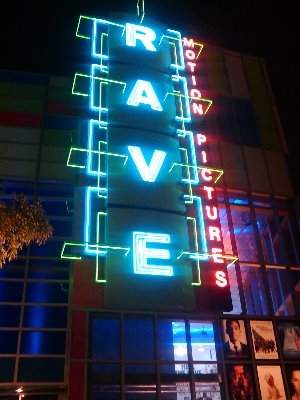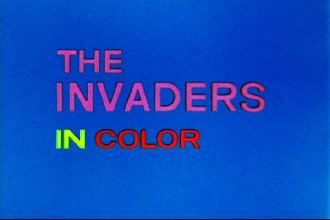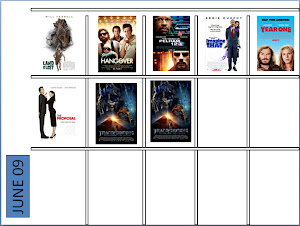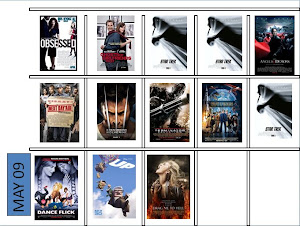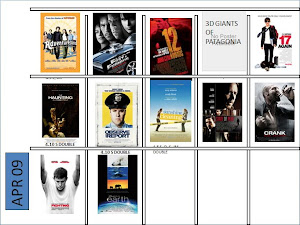
If there were such things as genies, and I could have three wishes, my first wish would be to be given the PREDATOR franchise from the powers that be at Twentieth Century Fox. It’s a Walmart version of a gold mine – accessible and affordable. The beautiful thing about the PREDATOR franchise is that it is simplicity at its very core, and hearkens back to earlier (more innocent) day of science fiction pulp magazines. A lot of those early science fiction stories worked off a very rudimentary idea: you got a guy (a spaceman); you got a monster (an alien). They fight it out. One prevails, one doesn’t. The end. Vladimir Propp would identify this as a “fundamental function,” of science fiction storytelling, and he might be right--there may only be thirty one basic stories of science fiction, with everything else a derivative of one of the basic structures. What makes the PREDATOR movies attractive is the universe of the Predator, which is neatly embodied by the individual Predators themselves. Watching the Predators do something is like watching an Animal Planet documentary on some strange animal we’ve never seen: we just want to keep watching it to see what they do and how they do it next. The fact that we only glimpse into their world (and their motivations) is what makes them interesting, which is the same mystery that STAR TREK’s Klingons possessed, until franchise overkill drilled too far down into their mythology and left them little more than angry, bitter humans with ugly faces. The success of the original STAR WARS was based on the same principal, that the mythology of what we were watching was defined just enough for us to understand, but amorphous enough that we could fill in the gaps ourselves, and guessing at what a Jawa city must be like, or what the Wookie world might be all about, well, that was part of the fun. The trick to sequels is in the filmmakers allowing us to bit by bit discover what we didn’t know before. Too much, and the story’s over. Just enough, and we can’t wait for the next sequel, to find out what else we don’t know. Hopefully, the PREDATOR films will prevail (we’ll all just quietly forget PREDATOR 2). And they won’t fall into the trap of the ALIEN franchise, which seems to more about finding some new kind of Alien than building on the universe. There are so many interesting stories that could be built around the PREDATOR franchise. As Dr. Suess put it so well: “oh, the thinks we can think” and “the places we could go.”











